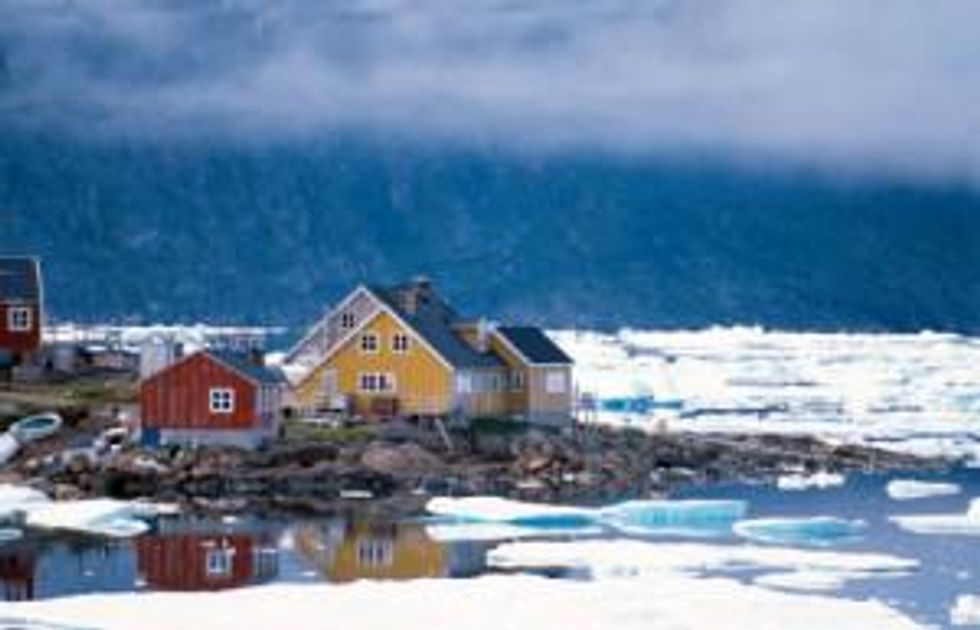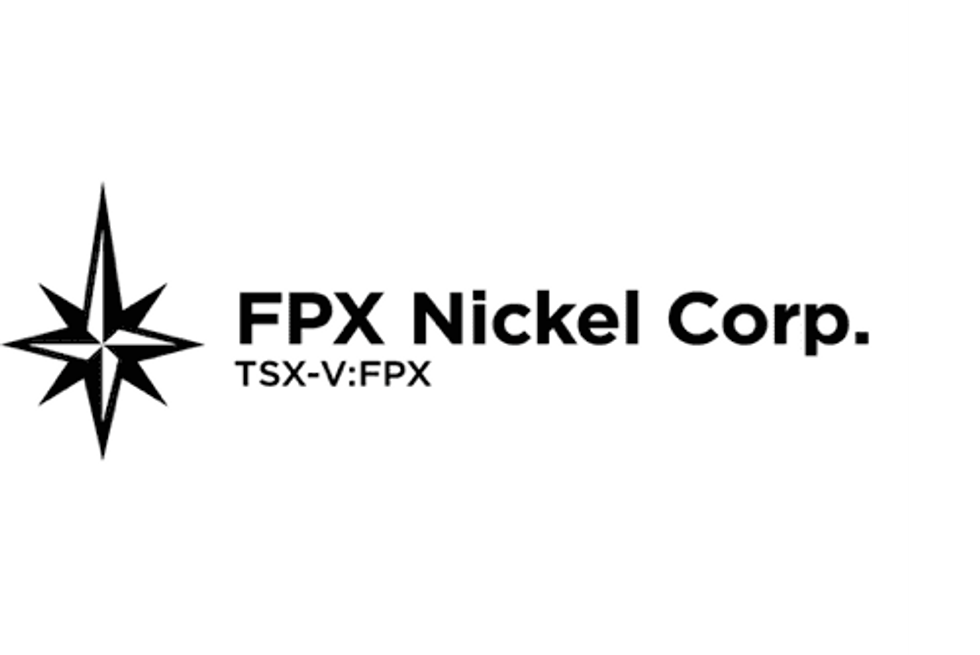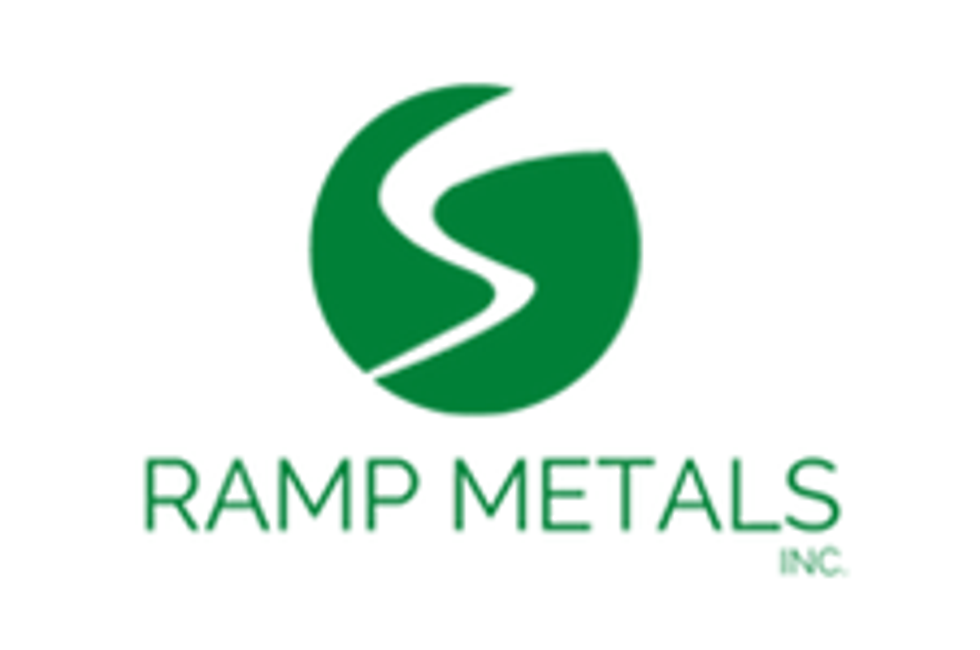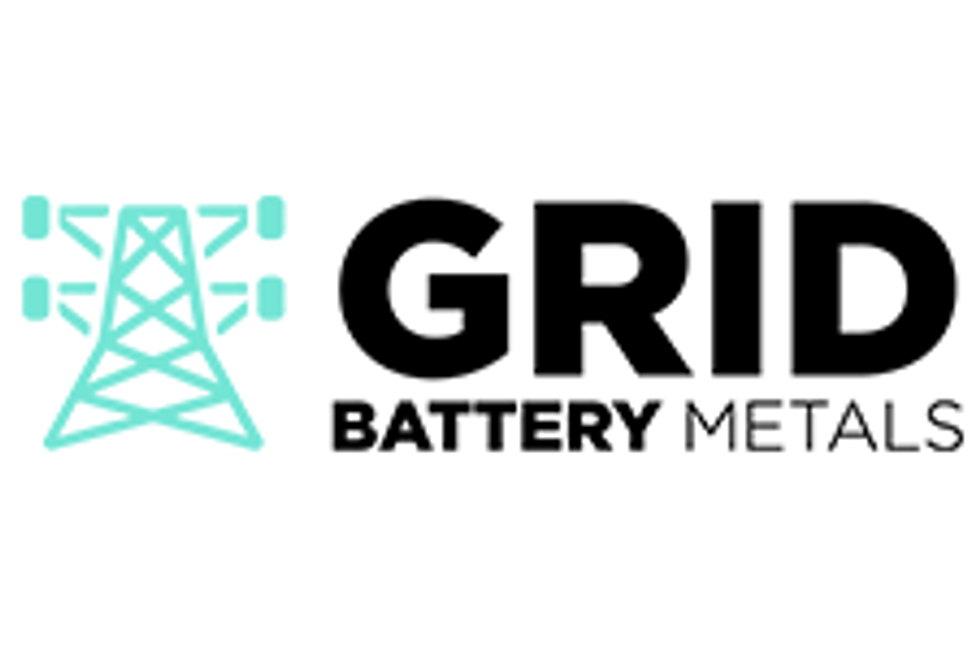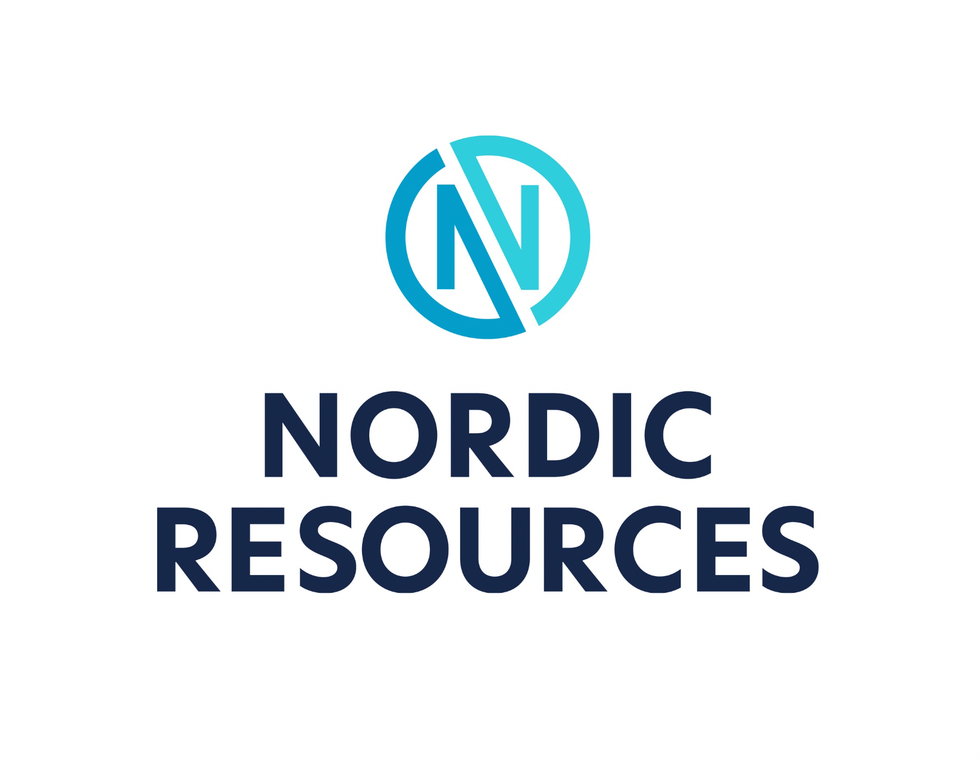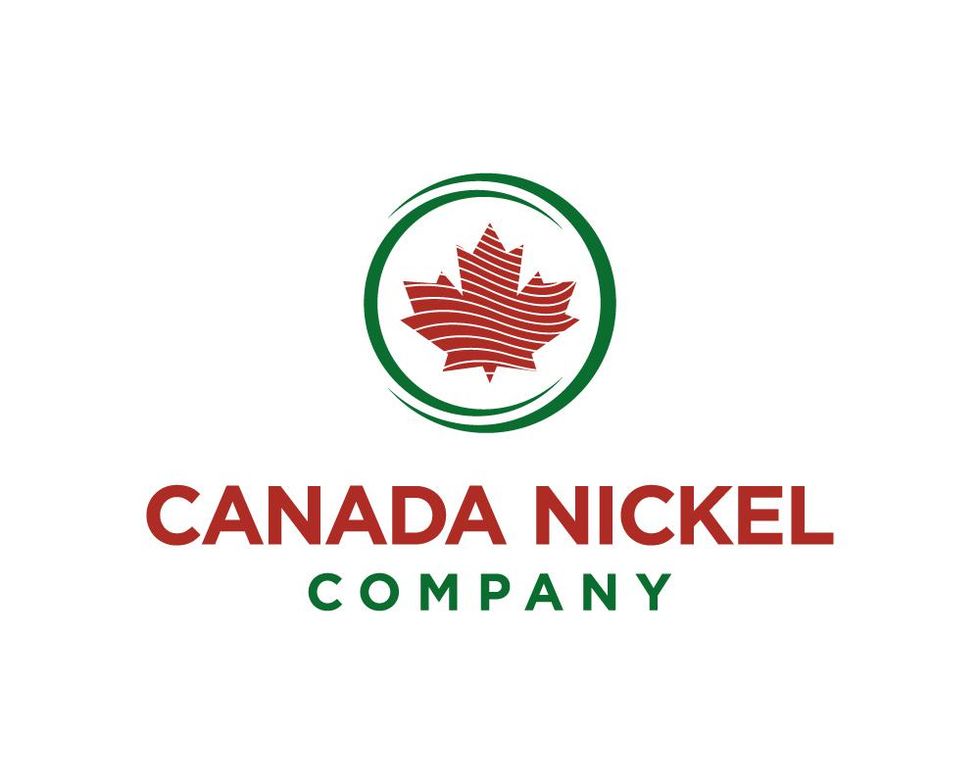How a Greenland Asteroid Crater Could Become the Next Big Nickel Region
North American Nickel’s Maniitsoq project, located on the island’s west coast, could contain a resource of galactic proportions.
It’s not every day that you get to explore for nickel in a crater formed by an ancient meteor strike, but that’s exactly what North American Nickel (TSXV:NAN,OTCBB:WSCRF) is doing at its Maniitsoq project in Greenland.
In June 2012, researchers from the Geological Survey of Denmark and Greenland (GEUS) announced that the area, about 160 kilometers north of Nuuk, the territory’s capital, is the site of Earth’s oldest — and biggest — meteor impact. The meteor, which may have had a diameter of more than 30 kilometers, smashed into the region some 3 billion years ago, tearing open a crater some 100 kilometers wide, according to the GEUS’ findings. Since then, the land has eroded to about 25 kilometers below the original surface, leaving little sign of the crater today.
The property’s intriguing history isn’t the only thing that sets it apart from other nickel deposits, however. It also encompasses a massive area: North American Nickel holds exploration licences covering 4,983 square kilometers at Maniitsoq.
Geology differs from Sudbury
“We are really thinking on a regional scale here,” said CEO and Chairman Rick Mark in a February 5 phone interview.
Talk of meteor impacts immediately conjures Canada’s Sudbury Basin, the site of a meteor strike that resulted in one of the world’s most prolific nickel-producing regions. Maniitsoq covers a larger area than the Sudbury Basin and the geology is in fact quite different.
“When people hear the words norite and impact, they immediately think of Sudbury,” said John Pattison, North American’s chief geologist, also in a February 5 phone interview. “At Sudbury, the impact crater is preserved and most of the nickel deposits occur near the base of the crater because that’s where they ended up when the impact melted the crustal rocks.”
“The impact at Maniitsoq is much older,” he added. “The crater has been completely eroded away, so we are deep beneath the impact. When the meteor hit Maniitsoq, it caused nickel-rich magma from the mantle to flow up into the crust. These nickel-rich magmas are preserved as the Greenland Norite Belt, which is the focus of our exploration program.”
Historic drilling highlighted Maniitsoq’s potential
Prior to North American’s acquisition of the exploration rights for Maniitsoq in August 2011, the only drilling for nickel that had been done on the property occurred between 1965 and 1972, according to the company’s August 15, 2011 press release announcing the acquisition.
At that time, the driller was a company called Kyrolitselskabet Oresund, which drilled 119 holes with an average depth of just 45 meters each. Despite the modest program, the company intersected significant copper and nickel mineralization. Results included 9.85 meters grading 2.67 percent nickel and 0.6 percent copper.
In 1995, Cominco, in conjunction with the GEUS, flew an airplane equipped with gear to scan for electromagnetic (EM) anomalies over the Greenland Norite Belt. The effort produced few results, and no further drilling was conducted in the following years. Still, North American felt that more modern technology might have a better luck:
“NAN reviewed results of the [1995] fixed wing survey in detail and found that large portions were flown well above mandated ground clearance and at low angles to regional strike,” the company said in a December 6, 2011 press release. “NAN concluded there was a reasonable chance that significant EM anomalies, associated with irregularly shaped nickel-copper sulphide bodies, may have been missed.”
Helicopters found what airplanes missed
“When we picked up the property in 2011, we wanted to see how these historical showings would respond to modern geophysics,” said Pattison. To that end, the company flew helicopter surveys in 2011 and 2012, using a Danish system called SkyTEM before moving to the VTEM system, made by Canadian outfit Geotech, in 2012. North American felt that the choppers would be a better tool for the job because they can move more slowly and in closer proximity to rugged terrain.
The company used the helicopter data, which detected 75 additional targets, to initiate a drilling program that ran from August 27 to September 16, 2012.
“We’ve flown 90 percent of the Greenland Norite Belt and conducted follow-up work on some of the EM anomalies we have detected,” said Pattison. “So far we’ve drilled nine holes [totaling 1,550 meters] and hit significant mineralization over long-core intervals. In some cases, the mineralization included not only copper and nickel, but also cobalt, platinum and palladium.”
Highlights of North American’s drilling program include hole MQ-12-001, which intercepted 26.98 meters grading 0.98 percent nickel, 0.44 percent copper and 0.04 percent cobalt, according to a January 15, 2013 press release. That includes 16.64 meters grading 1.36 percent nickel, 0.52 percent copper and 0.05 percent cobalt.
As well, hole MQ-12-005 intercepted 123.94 meters grading 0.81 percent nickel, 0.21 percent copper, 0.03 percent cobalt and 0.26 g/t platinum, palladium and gold. The intercept includes 8.2 meters grading 2.39 percent nickel, 0.21 percent copper, 0.07 percent cobalt and 0.6 g/t platinum, palladium and gold.
North American plans for a busy 2013 at Maniitsoq
North American has big plans for Maniitsoq this year, including a renewed drilling program to build on what it has found so far. The company plans to be in the field in Greenland from June to mid-September, according to Pattison.
“We recently asked John and the geological team to put together a wish list,” said Mark. “The company has $1.3 million in the bank, and we are now progressing toward financing our entire 2013 field season to expand on our current drilling, test new electromagnetic anomalies and prepare for 2014.”
Pattison points to the ease of working in Greenland as a definite plus for the project. “The Bureau of Mines and Petroleum is very easy to deal with,” he said. “There are also no land-claim issues. Community consultation is sometimes required, but the government owns all the land, so it is kind of a one-stop shop. Contractors also work to high safety standards.”
Whether the Maniitsoq site will lead to another Sudbury on the shores of the Davis Strait remains to be seen. But Pattison believes the size of the meteor strike bodes well. “The fact that it’s the world’s largest impact hopefully means we’re dealing with a big system,” he said.
Securities Disclosure: I, Chad Fraser, hold no positions in any of the companies mentioned in this article.
Related reading:
